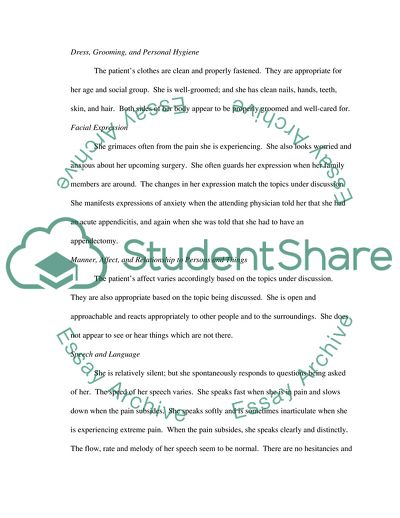Cite this document
(Comprehensive Health Assessment and Documentation Term Paper, n.d.)
Comprehensive Health Assessment and Documentation Term Paper. Retrieved from https://studentshare.org/health-sciences-medicine/1726560-comprehensive-health-assessment-and-documentation
Comprehensive Health Assessment and Documentation Term Paper. Retrieved from https://studentshare.org/health-sciences-medicine/1726560-comprehensive-health-assessment-and-documentation
(Comprehensive Health Assessment and Documentation Term Paper)
Comprehensive Health Assessment and Documentation Term Paper. https://studentshare.org/health-sciences-medicine/1726560-comprehensive-health-assessment-and-documentation.
Comprehensive Health Assessment and Documentation Term Paper. https://studentshare.org/health-sciences-medicine/1726560-comprehensive-health-assessment-and-documentation.
“Comprehensive Health Assessment and Documentation Term Paper”. https://studentshare.org/health-sciences-medicine/1726560-comprehensive-health-assessment-and-documentation.


